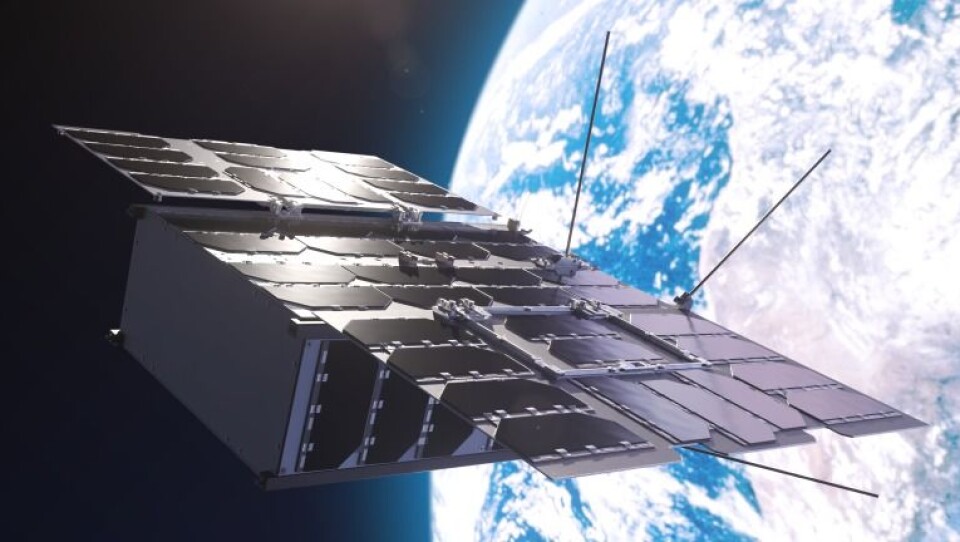This article is produced and financed by the Norwegian Defence Research Establishment - read more

Dutch-Norwegian collaboration on nanosatellites
Two intelligent “twin satellites” will be launched in 2022, flying in tandem formation to detect and localize radar signals from Earth.
In 2015, Norway and the Netherlands signed a cooperation agreement on strategic military research collaboration called SMART, “Strategic Mutual Assistance in Research and Technology”.
The purpose of the collaboration is to obtain broad knowledge about current and future space-related techniques, technology and concepts.
A result of this collaboration is the two nanosatellites currently being developed. The term “nano” simply refers to the fact that they weigh less than 10 kilos.
The two satellites have been named Birkeland and Huygens. They will fly in tandem formation in a low polar orbit, approximately 600 kilometers above Earth. From here, they should be able to cover any point on Earth at least four times a day. In the northern areas, the satellites can cover the same point up to 15 times a day.

Flying in tandem formations in space
In addition to learning more about collecting radar information from space, the bilateral research mission will also provide useful experience with flying nanosatellites in tandem formations. The scientists will experiment with distances up to 500 kilometers between the satellites.
“When the satellites fly in formation and collect the same radar signal, we can localize the signal more accurately. We will combine angular bearing and time difference measurement to better geolocalize the radar signal. The system will work under all weather conditions,” explains Tonje Nanette Hannevik, senior scientist at FFI.
The satellites localize those who do not want to be detected
The twin satellite project “Binational Radiofrequency Observing Satellites”, or BROS, is building on the experience from NorSat-3, another FFI satellite project. When launched, the NorSat-3 should be able to detect navigation radar signals from ships. The goal of the NorSat-3 project is to get a better overview of the ship traffic in Norwegian waters, including ships that do not want to be detected.
Birkeland and Huygens can be used to detect several types of radar signals from both sea and land areas.
FFI’s partners in the Netherlands are Royal NLR and TNO, two Dutch technology innovation centers. The satellite platform itself is produced by the Lithuanian company NanoAvionics.
Cost-sharing
The Netherlands and Norway each fund 50% of the project. Royal NLR is handling the procurement of the BROS satellites and the integration of the instrument on board the platforms. TNO is working on the design and construction of the innovative components of the instrument such as the antennas and signal receivers. FFI is making the system design for the measuring instrument, carrying out the integration and taking responsibility for the ground station and the data processing.
The launch of the two nanosatellites is scheduled to take place mid-2022.

Reference:
Knut Eldhuset mfl: Military use of space - WP1 space-based geospatial intelligence, FFI-REPORT 2017
































